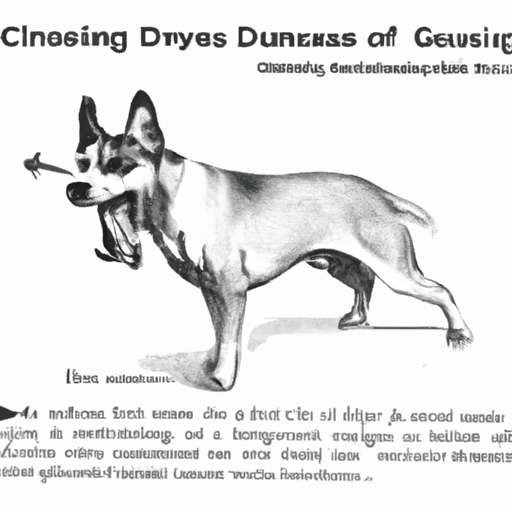“`markdown
What Are the First Signs of Cushing’s Disease in Dogs?
As a caregiver for your furry friend, it’s important to stay informed about potential health risks. One such risk is Cushing’s disease, a hormonal disorder that can lead to a variety of physical changes and symptoms in your dog. In this guide, we’ll explore five key signs of Cushing’s disease in dogs.
1. Increased Thirst and Urination
This is often the first sign of Cushing’s disease in dogs. If your dog suddenly starts drinking more water than usual or urinating more frequently, it could be a sign of this disease. Be sure to monitor their water intake and bathroom habits closely.
2. Increased Appetite
Cushing’s disease may also cause an increased appetite. If your dog is always hungry, frequently begging for food, or even stealing food, it could be a symptom of this disease. Remember, overeating can lead to other health problems like obesity, so it’s important to control their diet.
3. Hair Loss and Skin Changes
Cushing’s disease often leads to physical changes, including hair loss and skin changes. You might notice bald patches, thinning hair, or even changes in your dog’s skin color. Keep an eye out for these changes and consult with your vet if you notice anything unusual.
4. Abdominal Swelling
If your dog’s abdomen appears swollen or distended, it could be a result of Cushing’s disease. This is caused by the excessive cortisol levels in the body, which can lead to a pot-bellied appearance.
5. Reduced Activity Levels
Finally, if your dog seems to be less active or more tired than usual, it could be a symptom of Cushing’s disease. A decrease in energy levels or a reluctance to play or go for walks could indicate an underlying health issue.
| Symptom | Explanation |
|---|---|
| Increased thirst and urination | Often the first sign of Cushing’s disease |
| Increased appetite | May lead to overeating and obesity |
| Hair loss and skin changes | Noticeable physical changes |
| Abdominal swelling | Due to excessive cortisol levels |
| Reduced activity levels | Less energy or reluctance to play |
Frequently Asked Questions
Q: What causes Cushing’s disease in dogs?
A: Cushing’s disease is typically caused by a tumor on the pituitary or adrenal glands, which leads to an overproduction of cortisol.
Q: Is Cushing’s disease in dogs treatable?
A: Yes, Cushing’s disease can be managed with medication and in some cases, surgery can be an option.
Q: Can Cushing’s disease in dogs be prevented?
A: Unfortunately, there’s no known way to prevent Cushing’s disease. However, early detection and treatment can manage the disease and improve your dog’s quality of life.
“`



